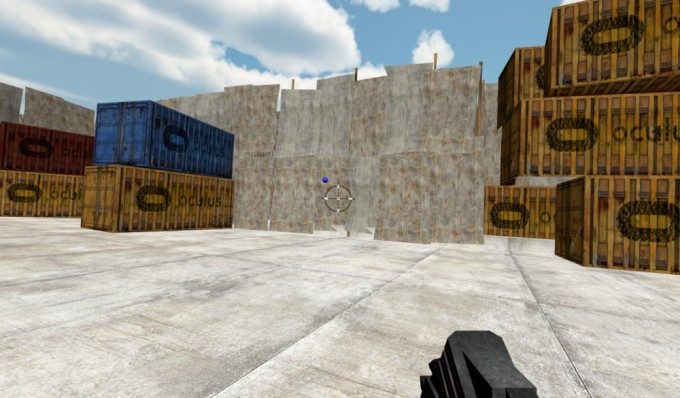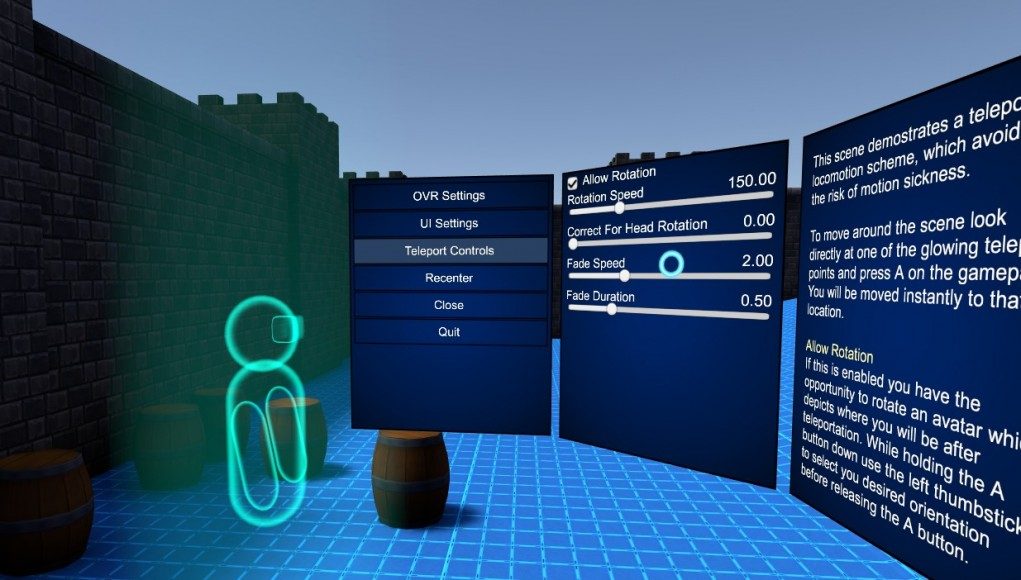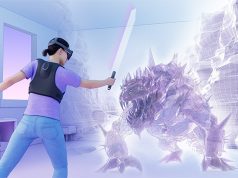Oculus has recently released an intuitive learning tool for developers and designers looking to get into the medium. While it can be useful in wrapping your head around the do’s and don’ts of VR design, Oculus maintains that the info presented in the Sample Framework for Unity is more of a helping hand in exploring your options.
Oculus has however gone in depth on some hard-won recommendations in their Best Practices Guide, but using the Sample Framework executable is one of the easiest ways to see results for yourself in real time, so you can find out immediately why you don’t set character speed to 50 mph, or why you should avoid too many stairs in your level design. Because you’ll probably barf.
Andy Borrell, Platform Content Engineer at Oculus, says that the Sample Framework “serves as a starting point for understanding and exploring some common design decisions in VR. Needless to say, these samples only scratch the surface of the innovative solutions that are constantly arising in the VR community.”
With an array of toggles and control panels, you can mess around with everything from your crosshairs to your character’s size/speed/IPD and see what works best for you.

Budding developers can download Oculus Sample Framework as a Unity 5 project so they can experiment and modify each of the samples for themselves. And if you’re still on the fence about developing your first project, both Unity 5 and Unreal Engine are now free. Of course, you can also download an executable for Windows and an app in the ‘Concepts’ section of the Gear VR store if you’re just browsing.
Download ‘Oculus Sample Framework’ Executable for Windows
Download ‘Oculus Sample Framework’ for Unity 5
The samples take you through a number of VR-specific elements including crosshairs represented in 3D, first-person movement controls, locomotion speed, surface detail and depth cues, tuning your tracking volume, ‘VR comfort mode’ teleportation, and tailoring your UI for ease of use.
You can check out more info on each sample by heading to the Oculus blog post on Sample Framework for Unity 5 or by downloading the executable and following the in-game information displayed next to each sample.










